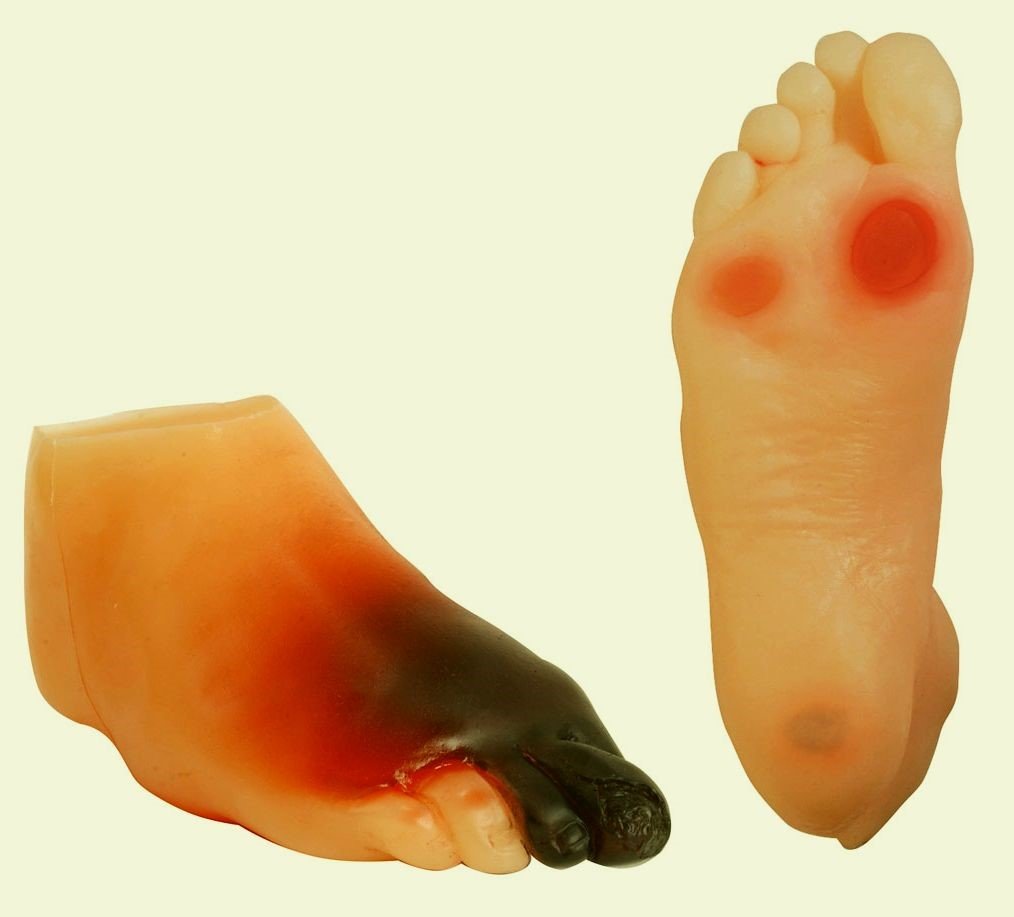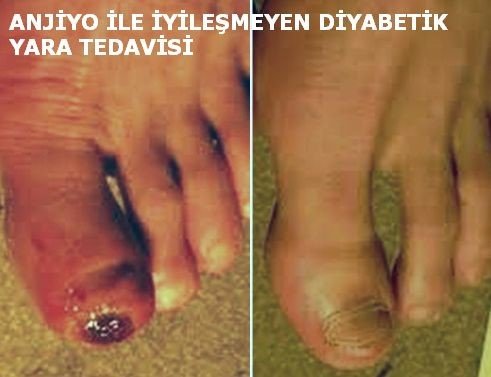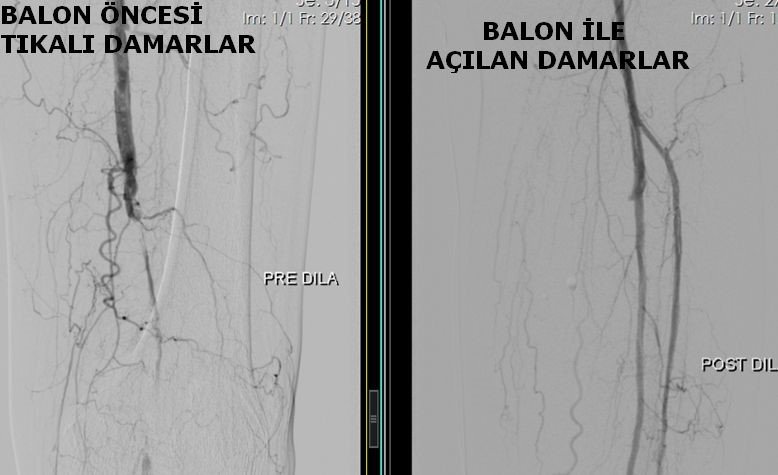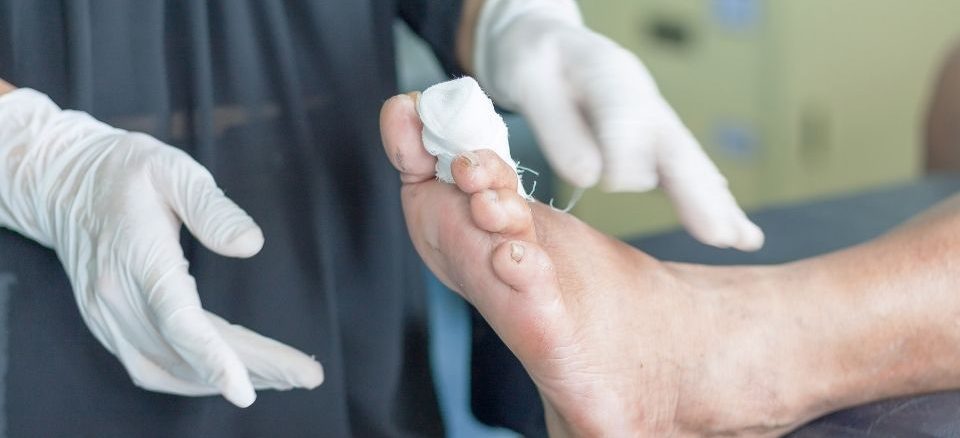- 4 February 2023
- Comment: 0
- Treatments
Non-Healing Foot Wounds
Diabetes mellitus is the excess of glucose in the blood due to the deficiency of the insulin hormone, which helps to keep the blood sugar glucose in balance, or due to the disorder in the body’s response. . The most important reason for hospitalization of patients with diabetes is foot infections and wounds. Vascular occlusion plays a major role in foot infection and wound development. Atherosclerosis is a very common problem in diabetic patients. For this reason, stroke is 5 times more common in diabetics, coronary artery disease is 2-4 times more common, and leg vascular disease is 5 times more common. Half of the patients who have diabetes and die are under the age of 60. The wound is important because 85% of diabetic patients with leg amputation initially develop foot wounds. 75% of all leg amputation procedures in the world are performed in diabetic patients. The risk of amputation in diabetics is 15 times higher than in non-diabetic patients. After the leg is amputated, a wound occurs on the opposite leg and the probability of it being cut again reaches 50%. Moreover, the lifespan of diabetics whose legs are amputated is shortened. The probability of living for 5 years for a diabetic whose leg is amputated is 40% on average. For all these reasons, it is of great importance to prevent the formation of foot ulcers in diabetic patients and to treat them effectively when they occur.
One of the underlying causes of non-healing wounds in patients with diabetic foot is the insufficiency of blood flow due to vascular stenosis and occlusion. In diabetic foot patients, it is absolutely necessary to evaluate the vessels, and to eliminate stenosis and obstruction. If such risks are not eliminated, diabetic foot can be progressive and can lead to organ loss. It often causes gangrene in non-healing feet. Gangrene can lead to the loss of the patient’s feet.

Accelerating wound healing with balloon and stent
If vascular stenosis and occlusion are detected in interventional radiology, balloon angioplasty and stent placement can be performed for them. In the treatment of peripheral arteries, balloon angioplasty and stent are placed in the leg arteries (iliac, femoral arteries) starting from the aorta. Stenosis and occlusions in the calf arteries can also be treated with today’s balloon and stent technologies. By means of the new technology balloons, which can reach the stenosis at the ankle level, flow can be provided in the foot veins (arteries- arterioles) and amputation can be prevented. Thrombus and atheroma plaques that cause vascular occlusion can also be removed with the new technology product clot-removing-thrombectomy and plaque-removing-atherectomy systems.




